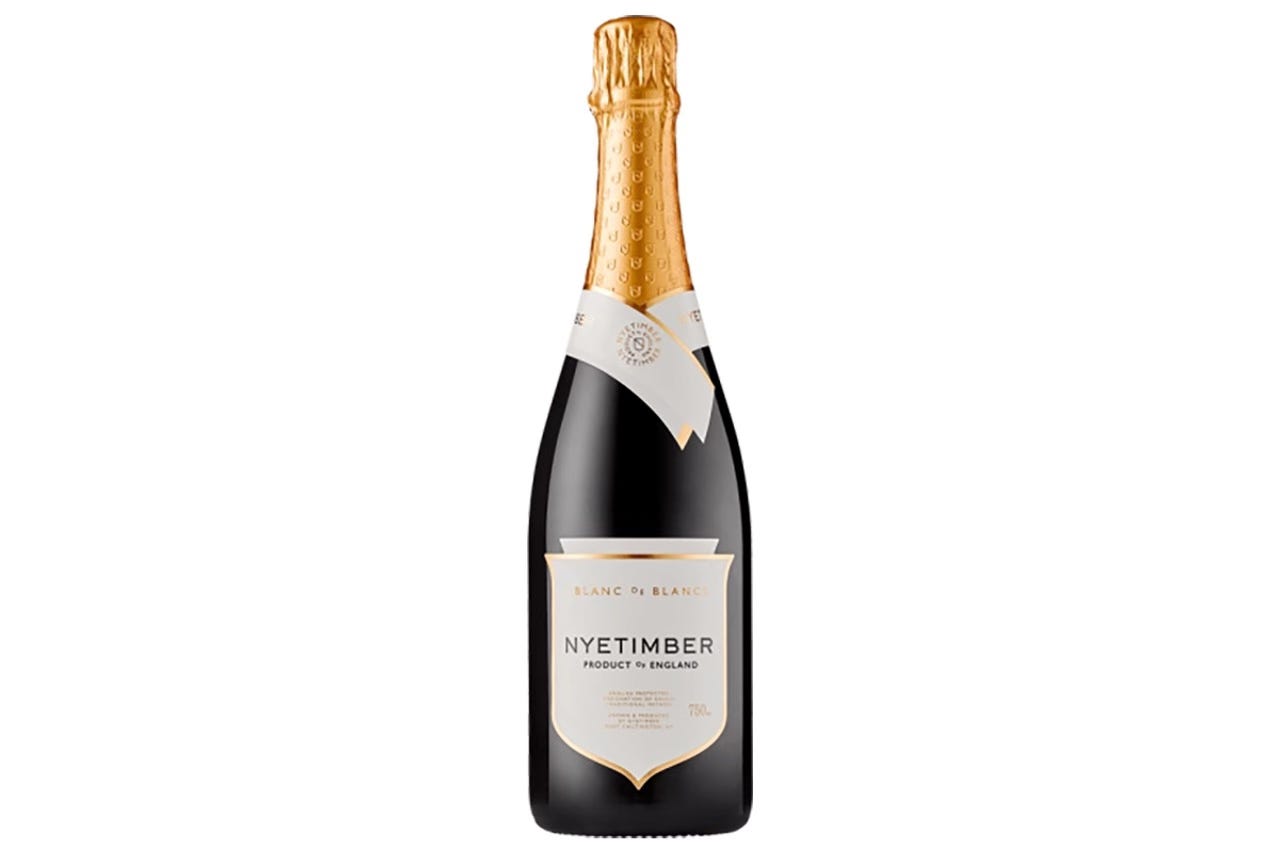An English Sparkling Tops the 2025 International Wine Challenge
For the first time, an English wine surpasses Champagne at the IWC, marking a milestone for the rising vineyards of southern England.
For the first time in the forty-year history of the International Wine Challenge, an English sparkling wine has claimed the top spot—overtaking Champagne itself. The 2025 edition of the competition, one of the world’s most respected and rigorously judged wine contests, has placed the spotlight firmly on the south of England.
The winning wine, a 2016 Blanc de Blancs magnum from Nyetimber, achieved an impressive 97 points out of 100. Its precision and elegance set it apart, with the judges highlighting its balance between restraint and aromatic generosity, its vivid acidity, and its chalky, lingering finish. For British sparkling wine, this recognition marks both a symbolic and tangible victory.
A New Benchmark from Sussex
Nyetimber, located in the rolling hills of Sussex, has long been a pioneer of English sparkling wine. Its vineyards are planted exclusively with the three classic Champagne varieties—Chardonnay, Pinot Noir, and Pinot Meunier—grown on soils rich in limestone and chalk. These conditions, once thought to be the unique privilege of Champagne, have found a natural echo on England’s southern coast.
The estate’s focus on precision viticulture and extended lees aging has shaped a distinctive style: cool-climate freshness married to depth and finesse. The 2016 Blanc de Blancs pays tribute to Nyetimber’s origins—it was the first wine ever made by the house, and its continued refinement reflects both heritage and evolution.
Britain’s Sparkling Renaissance
Beyond the success of a single producer, this result crowns a decade of growth for English viticulture. According to Wines of Great Britain, the country’s planted vineyard area has more than doubled in just eight years, driven largely by Kent and Sussex. While the total area still amounts to barely a tenth of Champagne’s, the trajectory is unmistakable.
Two-thirds of all English wines are now sparkling, a statistic that mirrors both climatic suitability and shifting consumer demand. Warmer summers, better site selection, and increasingly skilled winemaking teams have allowed English sparkling wines to achieve remarkable consistency—and, increasingly, international prestige.
A Turning Point in the Global Hierarchy
That an English bottle could surpass the storied houses of Champagne in a blind tasting would have seemed improbable a generation ago. Yet today, it feels less like an anomaly and more like a sign of the times. Global palates are evolving, and the benchmarks of excellence are expanding beyond traditional borders.
For Champagne, this moment is unlikely to be seen as a defeat. Instead, it underscores how its methods have inspired a global renaissance in traditional-method sparkling wines. For England, it is validation: proof that its terroirs, once dismissed as marginal, now produce wines of genuine world-class calibre.
A Toast to What Comes Next
The 2025 International Wine Challenge has done more than reward a bottle; it has recognized a transformation. English sparkling wine has matured from novelty to competitor, from curiosity to contender. As vineyards continue to expand and quality deepens, the next frontier will be identity—defining what makes English bubbles distinctly their own.
The message from Sussex is clear: the future of fine sparkling wine may not belong to one region alone. It now speaks with an English accent—and it’s speaking confidently.


